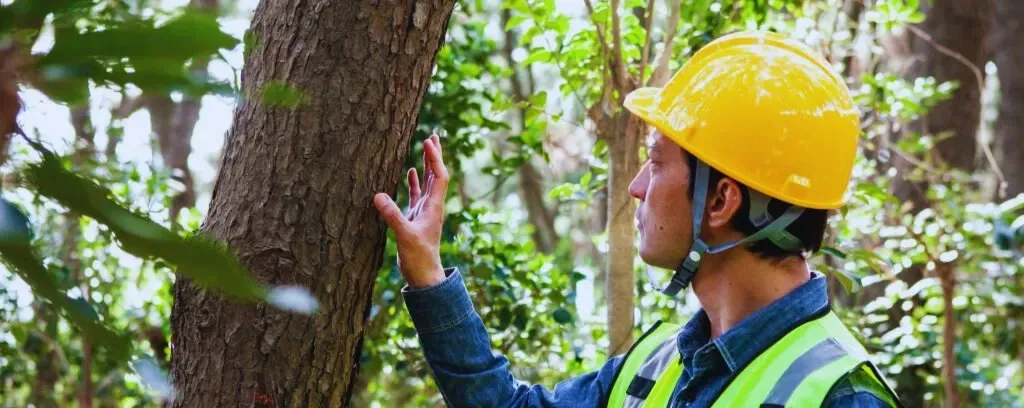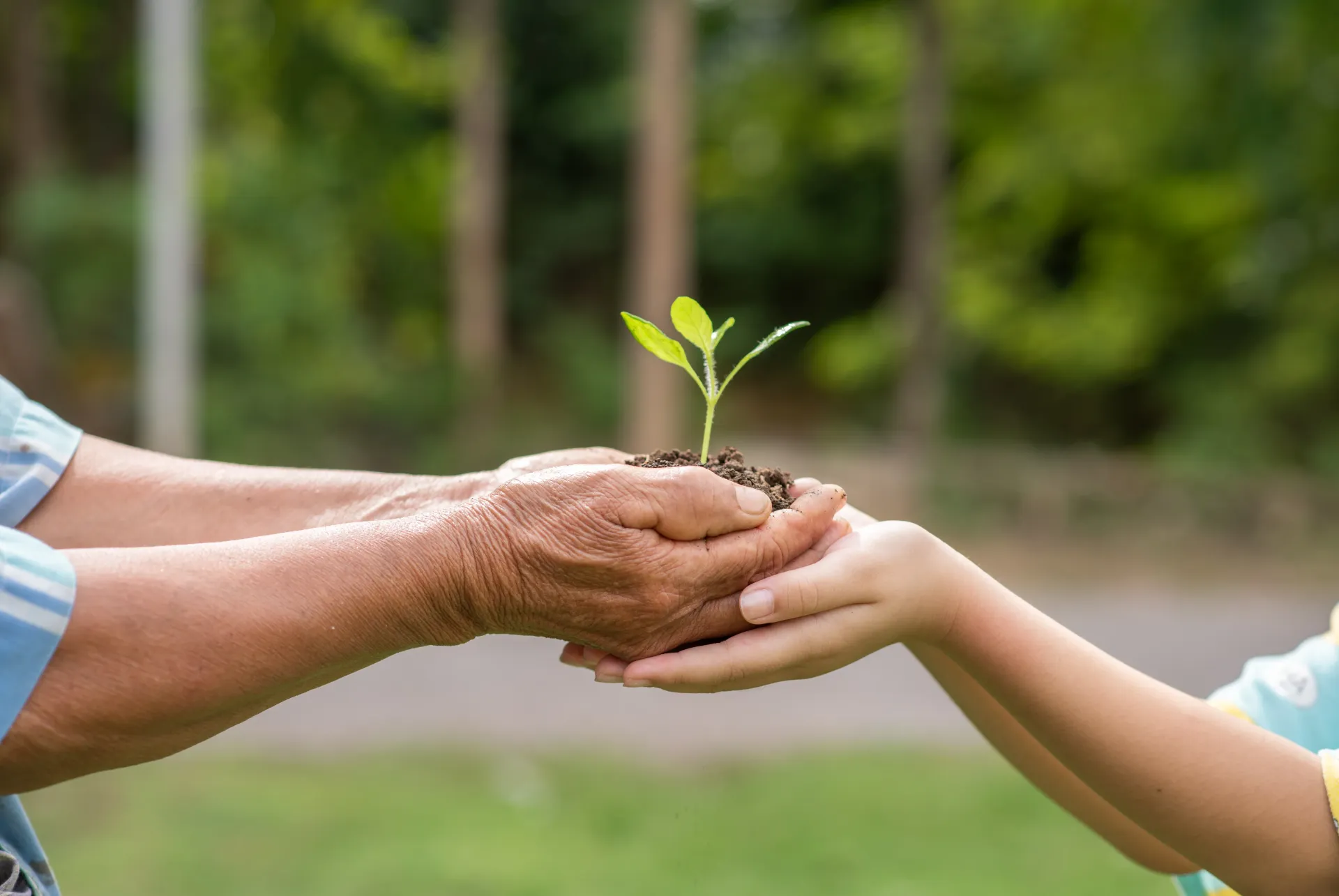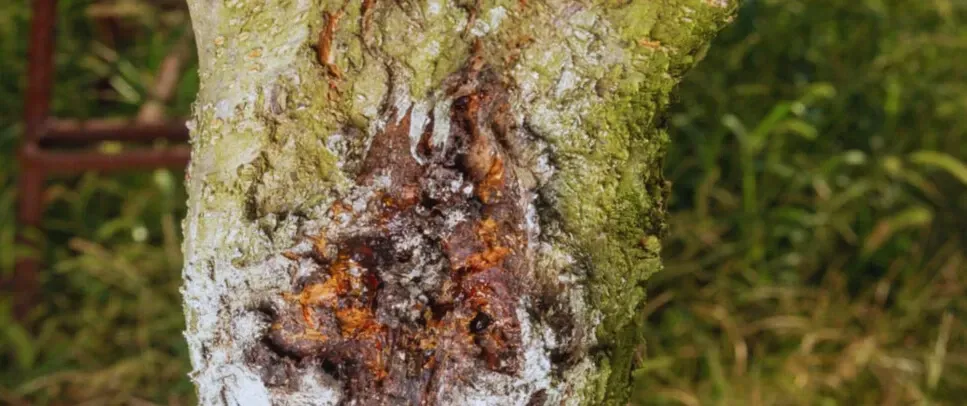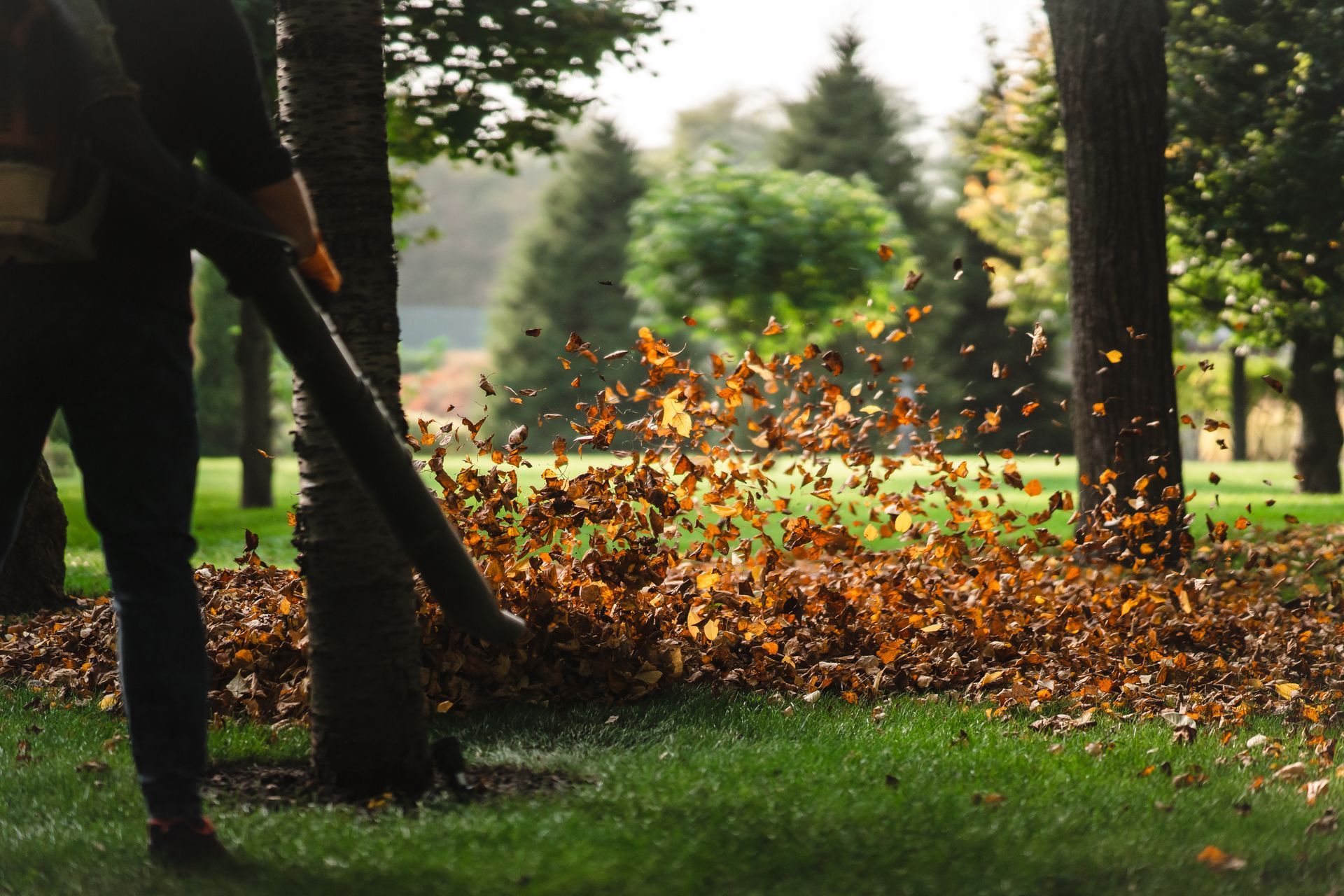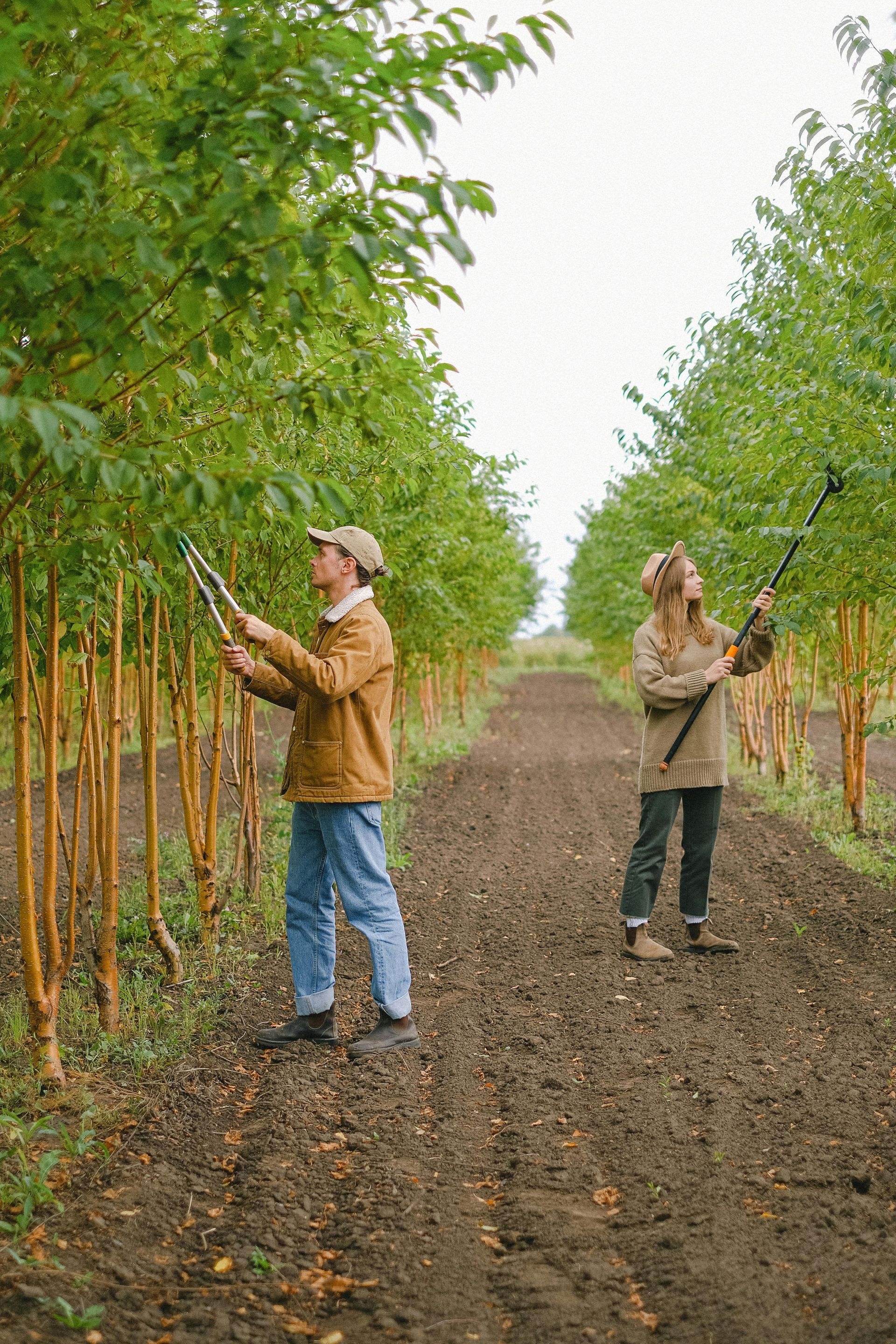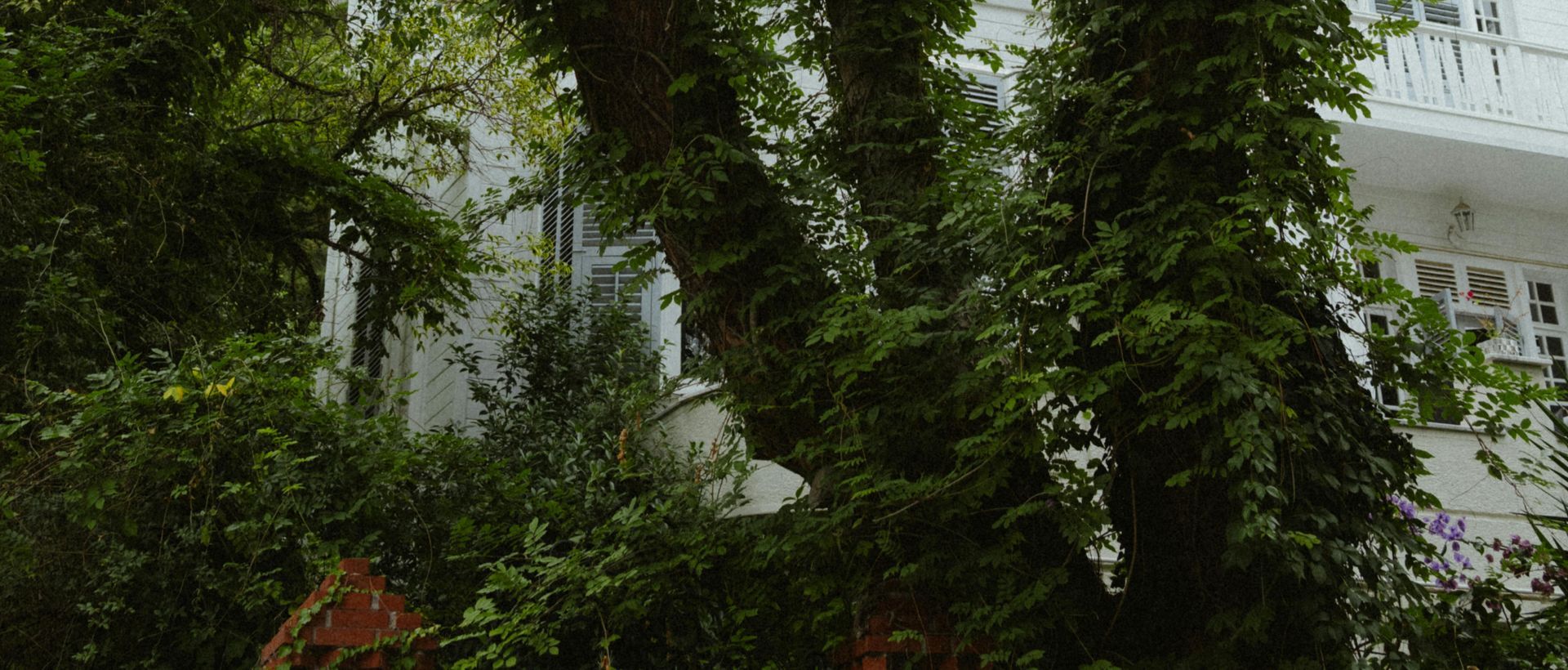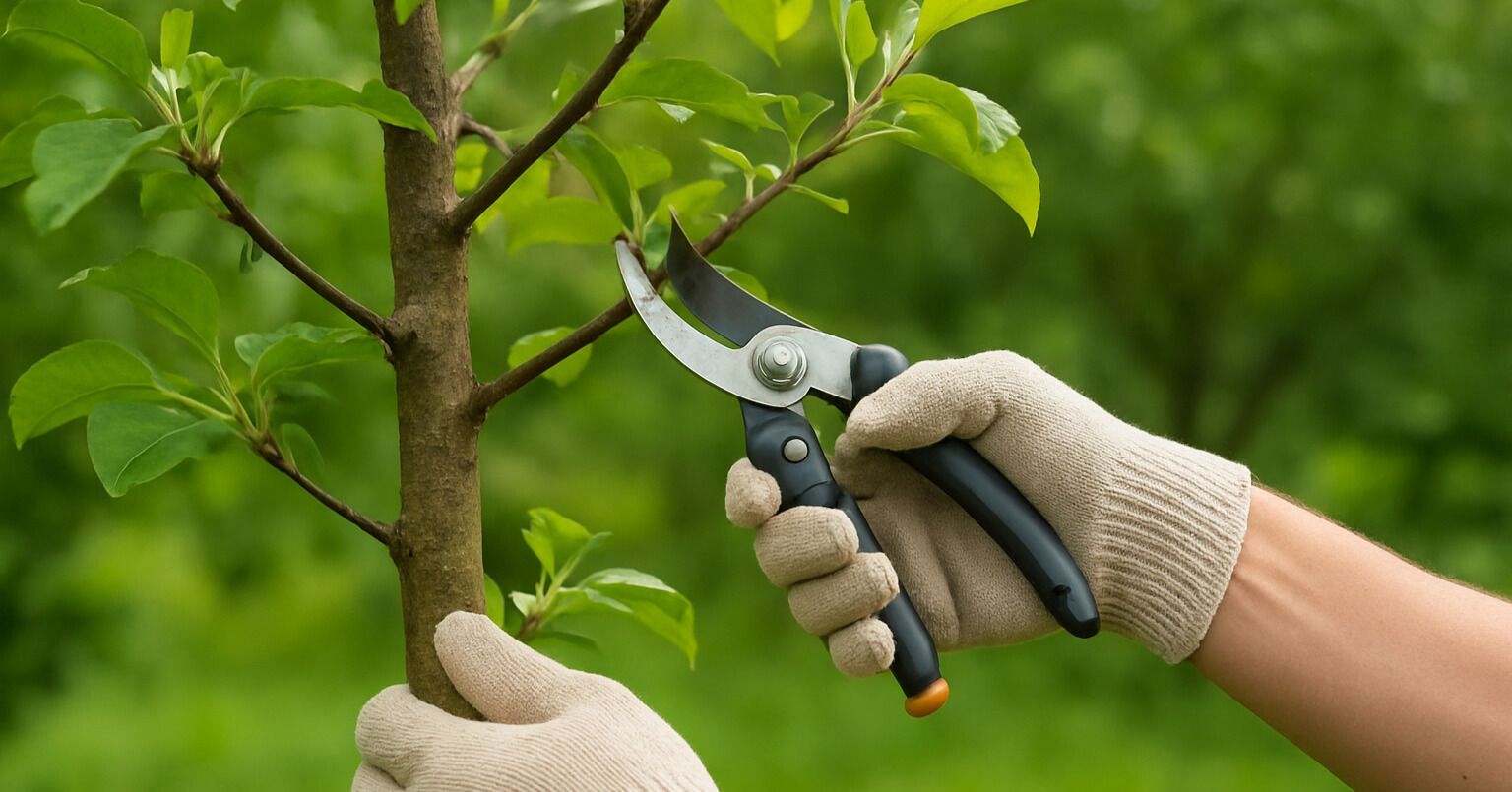Why Tree Canopies Matter: Nature’s Umbrella Explained
Discover why tree canopies matter and how nature’s umbrella plays a vital role in climate control, biodiversity, and urban health. Learn more in this detailed guide.
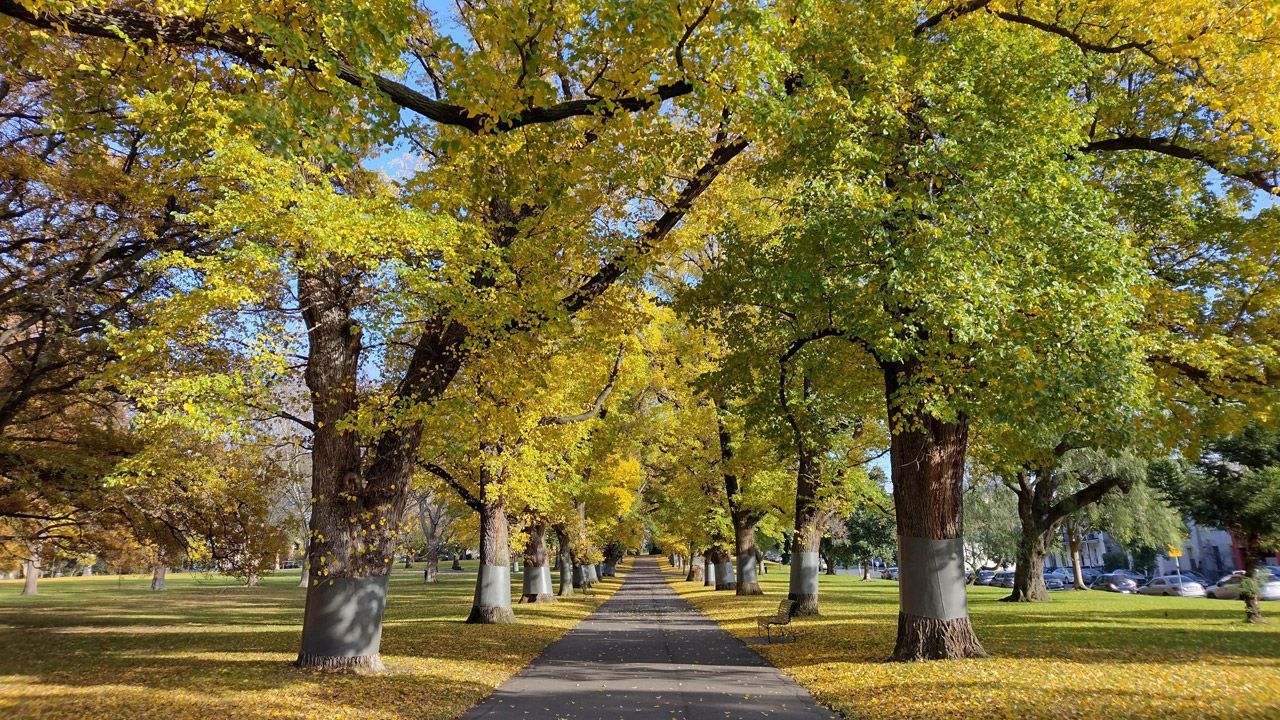
Understanding Tree Canopies
What Is a Tree Canopy?
A tree canopy refers to the upper layer of branches and leaves formed by mature trees. Imagine walking through a forest and looking up—you’ll often see a continuous layer of green that blocks much of the sky. That’s the tree canopy, nature’s own umbrella. These canopies vary greatly depending on the species, climate, and environment, but all serve similar protective and life-giving roles in nature.
Canopies are not just pretty to look at—they’re living systems that interact with air, water, animals, and other plants. They absorb sunlight, filter rainwater, and shelter everything beneath them, making them vital for both natural and human environments.
The Layers Within a Canopy
The tree canopy itself often contains multiple layers. The topmost layer receives direct sunlight and includes the tallest tree tops. Beneath that is the understory—shorter trees and shrubs that still benefit from filtered light. Each layer supports a different kind of wildlife, from birds and bees to fungi and mosses. This vertical structure adds biodiversity, acting like a multi-story apartment complex for nature.
How Tree Canopies Support the Ecosystem
Air Purification and Oxygen Production
Tree canopies absorb carbon dioxide and release oxygen, helping to maintain the balance of gases in our atmosphere. But they don’t stop there. They also trap dust, smoke, and other pollutants, acting like massive natural air filters. In fact, neighborhoods with denser tree canopies often report better air quality and lower respiratory illnesses.
Regulating Local Temperatures
The shade provided by a tree canopy cools the ground and surrounding air. In warmer climates or during heatwaves, the temperature beneath a full canopy can be up to 10°F (about 5°C) cooler than in areas without trees. This natural cooling effect reduces the need for air conditioning and helps save energy.
Stormwater and Soil Protection
Tree canopies slow down rainfall, reducing soil erosion and allowing more water to seep into the ground rather than rushing into drains. The roots of canopy trees also stabilize the soil, keeping landscapes intact and preventing landslides or runoff during storms.
Canopies as Wildlife Habitats
From songbirds and squirrels to beetles and butterflies, countless animals depend on the tree canopy for food, shelter, and nesting sites. Without this natural haven, many species would be forced to migrate—or worse, disappear altogether.
Tree Canopies in Cities: Green Solutions
Reducing Urban Heat Islands
Urban areas tend to be hotter than nearby rural areas—a phenomenon known as the “urban heat island” effect. Tree canopies act as shields, blocking sunlight from asphalt and buildings and helping reduce the overall temperature in cities.
Improving Mental and Physical Health
Studies show that neighborhoods with more tree coverage have lower rates of stress, anxiety, and even heart disease. Simply being under a tree canopy can lower your blood pressure and calm your mind. Access to green spaces with thick canopies encourages outdoor activities like walking, biking, and socializing—benefiting both body and soul.
Noise Reduction and City Aesthetics
Tree canopies also help in muffling urban noise by breaking up sound waves. At the same time, they beautify cityscapes, adding color, texture, and seasonal variety. Parks and streets lined with mature trees tend to attract more visitors and improve the overall image of an area.
Tree Canopies and Climate Resilience
Carbon Sequestration Explained
Carbon sequestration refers to the ability of trees to absorb and store carbon dioxide from the air. The more canopy coverage we have, the more carbon gets locked away in trunks, branches, and leaves. This process helps slow down the effects of climate change over time.
Mitigating Flood Risks
By intercepting rainwater, tree canopies reduce the speed and volume of water that hits the ground. This not only prevents erosion but also reduces the likelihood of flash flooding in urban areas.
Why Communities Value Tree Canopies
Enhancing Property Value
Homes located on tree-lined streets or near parks with thick canopies often see a significant bump in property value. People are naturally drawn to green spaces, and a healthy canopy can increase a home’s appeal.
Social and Cultural Importance
Tree canopies have been a part of human life for centuries. From village gatherings under a big oak to children playing in tree-lined parks, canopies often hold cultural and historical significance for communities.
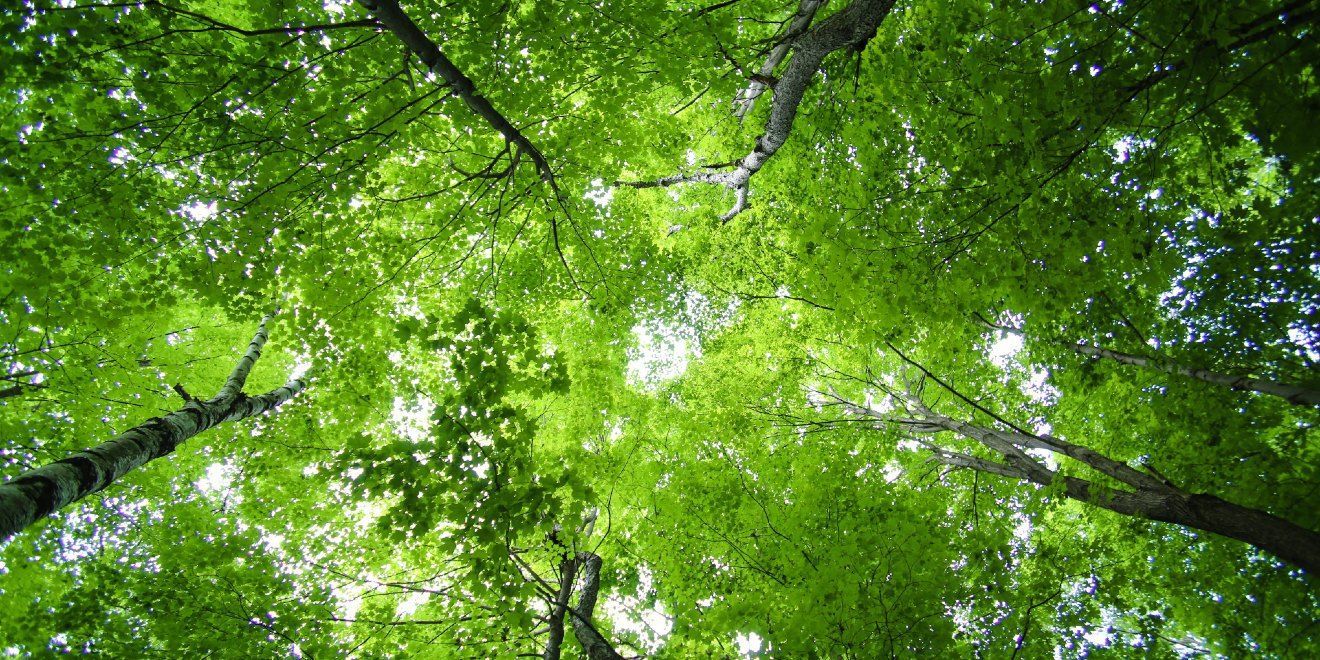
Caring for Tree Canopies the Right Way
Pruning, Trimming, and Professional Help
Maintaining tree canopies isn’t just about letting nature run wild. Overgrown or damaged trees can pose risks, especially in storm-prone areas. That’s why professional Tree Service is so important. Experts know when and how to prune branches to ensure healthy growth while keeping structures safe.
Tree Canopy Coverage and Urban Planning
Cities now include canopy coverage as a metric in their environmental planning. Increasing green infrastructure means more funding and space is allocated to planting and preserving trees, especially in lower-income areas that often lack shade.
Threats to Tree Canopies and How to Help
Deforestation and Urban Sprawl
One of the biggest threats to canopies is the unchecked removal of trees for roads, buildings, and agriculture. As our cities expand, green spaces shrink, and with them, the canopies we rely on.
Climate Stress and Tree Diseases
Extreme weather, pests, and diseases can all take a toll on tree health. Warmer winters, for instance, allow more insects to survive and attack trees year-round.
What You Can Do Locally
You can help preserve tree canopies by planting native species, avoiding unnecessary tree removal, and supporting local reforestation projects. Want to talk to a tree expert? Visit Contact for help and guidance in your area.
Why Tree Canopies Matter: Nature’s Umbrella Explained
Tree canopies are more than just a patch of green over our heads—they are life-giving, climate-fighting, community-building powerhouses. They cool our cities, purify our air, protect our soil, and provide homes for countless species. As we face the mounting pressures of climate change and urbanization, understanding and protecting our tree canopies becomes more important than ever.
FAQs
Why are tree canopies important to the environment?
Tree canopies provide shade, improve air quality, reduce temperatures, and serve as habitats for wildlife. They also help manage storm water and fight climate change by storing carbon.
How do tree canopies benefit human health?
Spending time under tree canopies can lower stress, reduce blood pressure, and encourage physical activity. Urban areas with tree cover also experience fewer cases of respiratory and heart diseases.
Can tree canopies help reduce noise pollution?
Yes, tree canopies act as natural sound barriers. They absorb and deflect noise, especially in urban areas with high traffic or industrial activity.
What’s the difference between a tree canopy and a forest?
A tree canopy refers specifically to the top layer of leaves and branches formed by trees, while a forest includes all the layers—canopy, understory, forest floor, and more.
How can I contribute to preserving tree canopies?
You can plant trees, support local tree services, avoid unnecessary tree cutting, and volunteer in urban forestry programs.
Are some trees better for canopy creation than others?
Yes, native species that grow tall with wide branches are ideal. Oaks, maples, and elms are great examples depending on your region.
Conclusion
Tree canopies are essential, not optional. They act as climate regulators, biodiversity shelters, and health boosters—all while making our neighborhoods more beautiful. If we care for them properly today, they’ll protect us for generations. So, next time you walk under a shady tree, remember—you’re standing beneath nature’s umbrella.
Links
